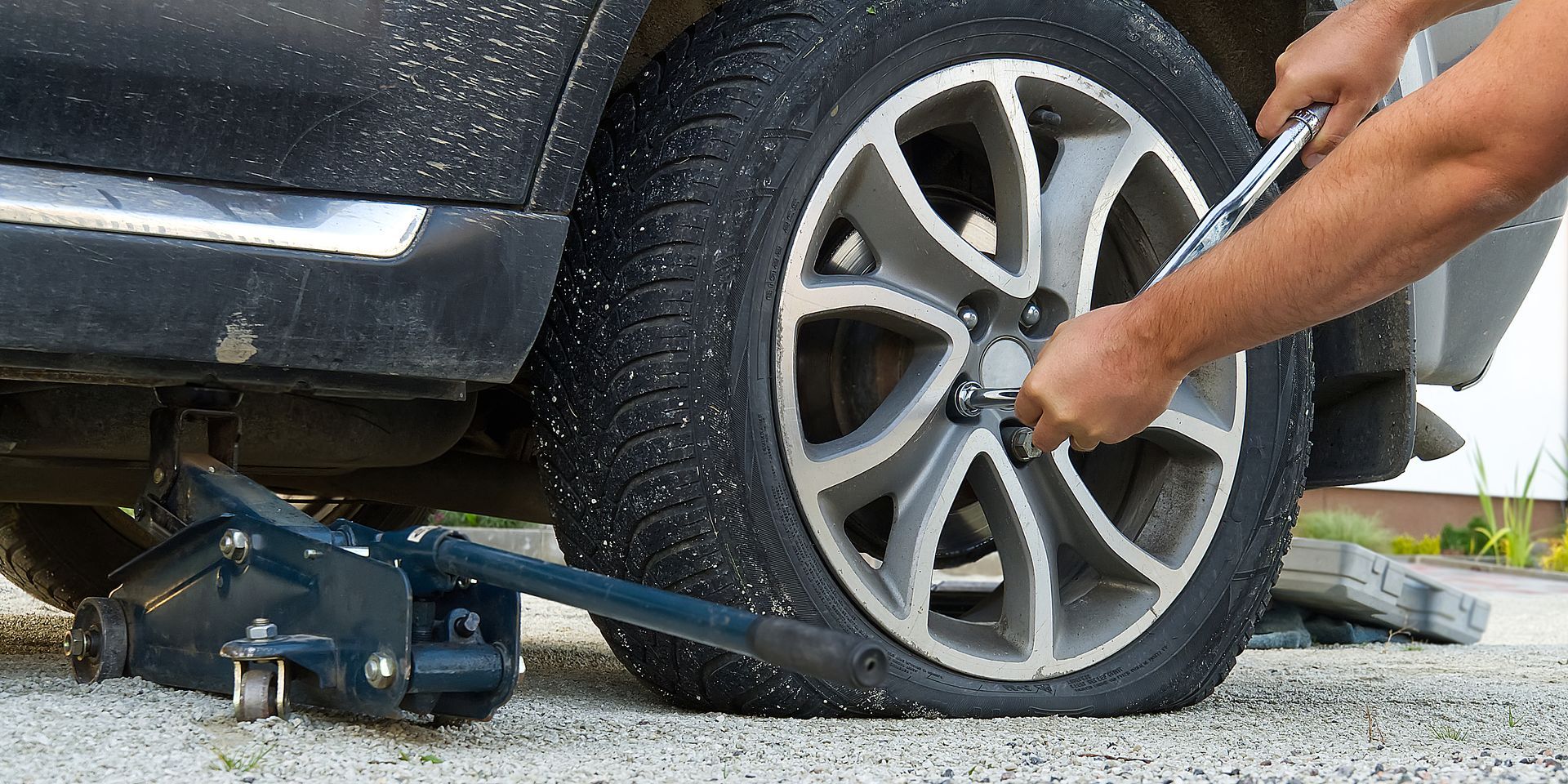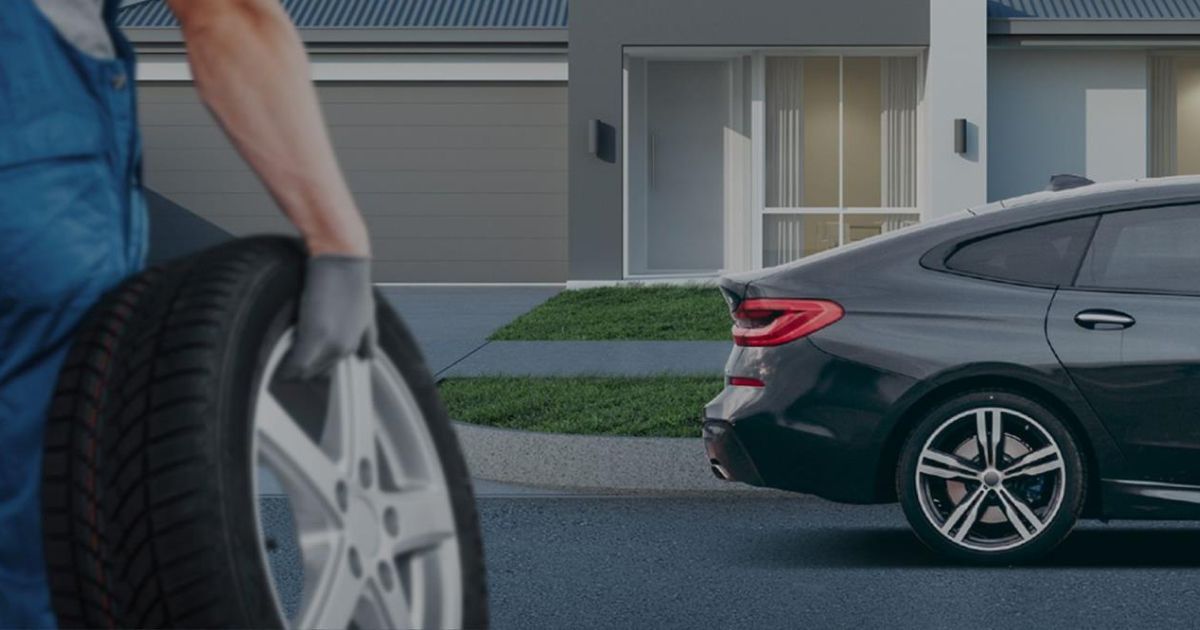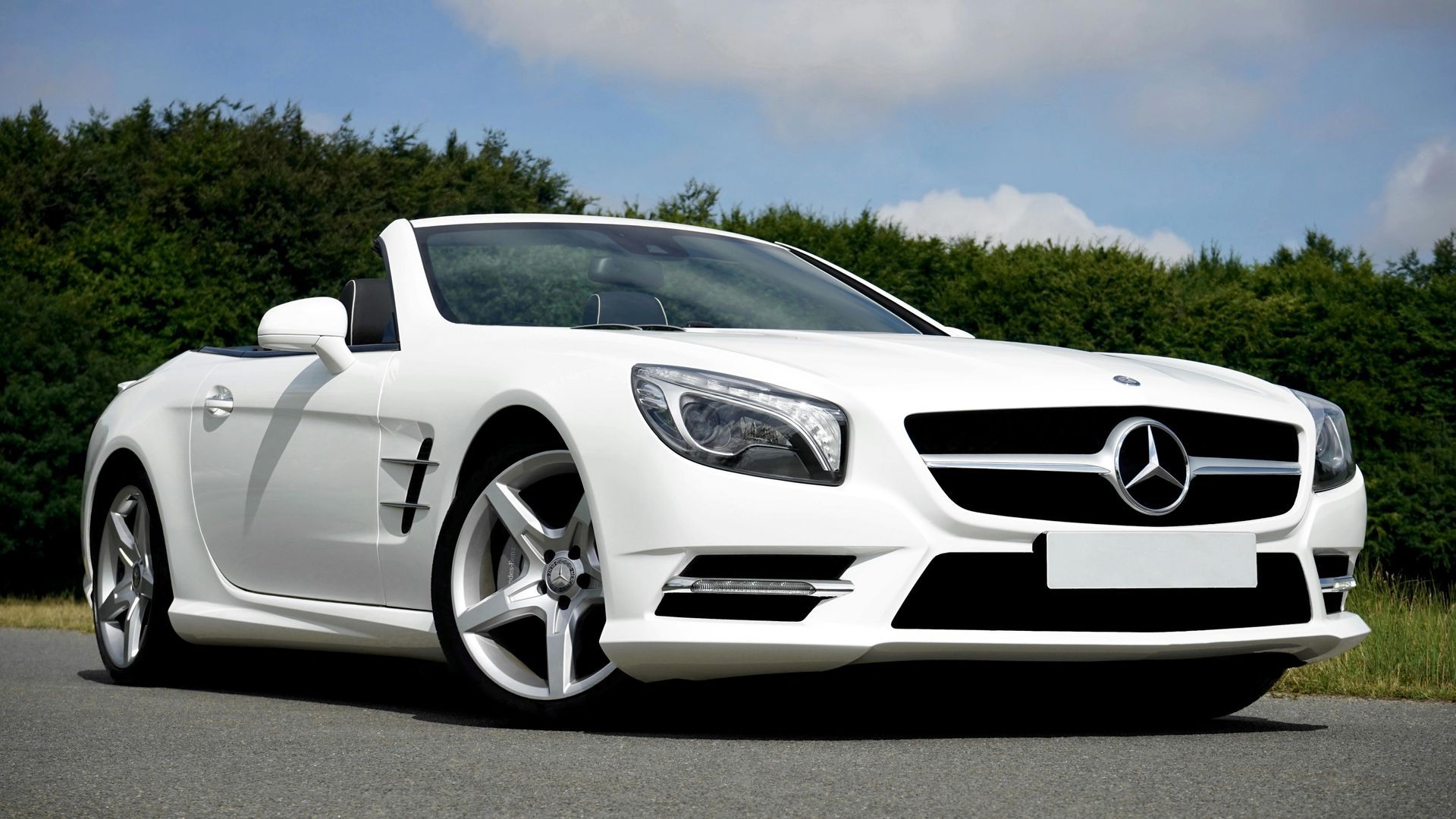Are you aware that nearly 11,000 tire-related accidents happen each year in the US? This fact highlights the vital role of tire safety rules. The tire rule is a guideline monitored and established by groups like the Department of Transportation (DOT). It aims to ensure safety and good driving conditions.
These standards cover various aspects, from the proper thickness of tire treads to the correct air pressures. They even ban tires showing any signs of wear or damage. All these rules are in place to keep drivers and passengers safe.
The Federal Motor Carrier Safety Administration (FMCSA) and the Commercial Vehicle Safety Alliance (CVSA) are tasked with making sure these rules are followed. For instance, tires need a specific tread depth to be deemed safe enough for use. If these requirements aren’t met, the consequences can be severe, like fines or being pulled off the road.
In this discussion, we will explore what the tire rule means for those who drive for work, or even those in racing. Let's see how it affects both commercial and high-speed vehicles.
Key Takeaways
- The tire rule is a set of guidelines made to keep tires safe.
- It requires specific tread depths, like 4/32 inches for steer tires and 2/32 inches for regular tires.
- Using tires that are worn out, damaged, or not inflated correctly is against the law.
- The FMCSA makes sure drivers follow these rules, with help from the CVSA.
- Breaking these tire safety rules can lead to big fines and being stopped from driving further.
Overview of Tire Regulations
In the United States, tire regulations are there to keep commercial vehicles safe and working well. The Department of Transportation (DOT) makes detailed rules for tires. These rules help make sure that truck tires are reliable and safe.
Truck tires must have a certain amount of tread depth to be legal. Steer tires must have 4/32 inches of tread, according to 49 CFR 393.75(b). Other tires, including those on trailers, should at least have 2/32 inches of tread. This rule is key for good grip and less chance of accidents, especially when the weather is bad.
Under DOT rules, retreaded or recapped tires can't be used on the front wheels of buses. This is a big part of keeping buses safe to drive. These rules also cover how much weight tires can carry. Following the manufacturer's load limits helps prevent tire problems and big accidents.
For trailers, their tires need to match what the manufacturer says and carry appropriate weight. It's important that tires are not over or under-inflated. This can really affect how the vehicle drives and its fuel use. Knowing the correct speed and usage of tires is crucial for them to work well and stay safe.
Truck drivers must know and follow these tire regulations. It's not just for safety but also to avoid getting in trouble during DOT checks. At weigh stations, tire issues often show up during Level 1 and 2 checks. This tells us how critical it is to stick to the tire safety rules.
The Tire Rule in Motorsports
In the world of motorsports, tire rules are key. They make sure competitions are fair and safe. Big events like the Johnny Appleseed Classic and Eldora Million follow these rules closely. Racers have to use the same set of tires for everything on the track, from qualifying to the main race.
The tire rules cover how tires can be used and changed. Changing the tires' original form is against the rules. If a racer breaks these rules, they face serious penalties. This shows how important these rules are.
Places like Eldora Speedway and DIRTcar Racing work hard to enforce the tire rules. It shows how important fair play is in motorsports. The integrity of these events is kept strong through these strict regulations.
What is the tire rule?
The tire rule is important in both commercial trucking and motorsports. It focuses on vehicle performance, driver safety, and fairness in competition. It's enforced by groups like the Department of Transportation (DOT) and motorsport organizations. These rules make sure tires are at their best, which is essential for safety.
So, why do racing cars have tire rules ? This is to stop accidents caused by tire problems. Having the same rules for everyone makes sure the competition is fair. Tires are key to a good race, affecting grip, speed, and driver safety. By following set rules on tire condition, risks are reduced, and the competition stays fair.
Understanding the importance of tire rules shows they are vital. They make races safer and more fair for all. These rules matter for the safety and fairness of not just racing, but also commercial driving.
Conclusion
The tire rule is key in trucking and racing. It’s shown through strict tread depth rules from the DOT and detailed standards in racing. These roles reduce the danger of tire blowouts. They set a standard for safety and quality. This keeps the roads and tracks safe and fair.
Sticking to these rules shows how important maintenance is. Checking pressure and tread often is required. But it also helps tires last longer and keeps cars safe. Keeping up with maintenance helps avoid trouble and boosts car performance.
In trucking or racing, the tire rule is essential. It ensures vehicles are safe and work well. This supports fair play and follows rules to keep everyone safe. It's a must for all driving conditions, bringing benefits to drivers and communities.
If you ever need help with tire repair, replacement or a new set of tires in the Phoenix, AZ metro area contact our tire experts at LugWrench Heroes for help!
FAQ
What is the tire rule?
A set of rules exists to keep tires safe and working well on vehicles. These are set by groups like the Department of Transportation (DOT) and racing officials.
What are the DOT tire regulations for commercial trucks?
Commercial trucks must follow DOT rules outlined in 49 CFR 393.75. The steer tires need at least 4/32 inches of tread. Other tires must have 2/32 inches of tread at least.
Tires should not show ply, have tread coming off, be too flat, or leak. Violating these rules can lead to trouble.
Why do racing cars have tire rules?
Tire rules in racing ensure safety and a level playing field. They aim to avoid accidents from tires failing. They also make sure all racers start with the same tire performance.
What are the consequences of not complying with tire regulations?
Breaking tire rules can get truck drivers penalties. The Federal Motor Carrier Safety Administration (FMCSA) and the Commercial Vehicle Safety Alliance (CVSA) enforce this.
What are some of the specific tire regulations in motorsports?
Motorsports require using approved tires without changes and follow specific rules. Races like the Johnny Appleseed Classic and Eldora Million have strict tire rules.
How can tire regulations affect a commercial vehicle inspection?
At weigh stations, inspectors check tires in detail during Level 1 and Level 2 inspections. Not meeting the DOT tire rules can lead to fines.
What is the importance of maintaining proper tire inflation levels?
Keeping tires properly inflated is key for vehicle safety and performance. It prevents wear, blowouts, and saves fuel. Proper inflation helps tires last longer and work better.
How do tire rules benefit the overall safety of both commercial and racing vehicles?
Tire rules lessen the chance of accidents and car troubles by focusing on safety. By creating standards for tire wear and inflation, these rules make vehicles safer.
What proactive measures can be taken to comply with tire regulations?
Regular tire checks, including tread and pressure, are vital to follow tire rules. This practice helps avoid violations and increases tire life.













